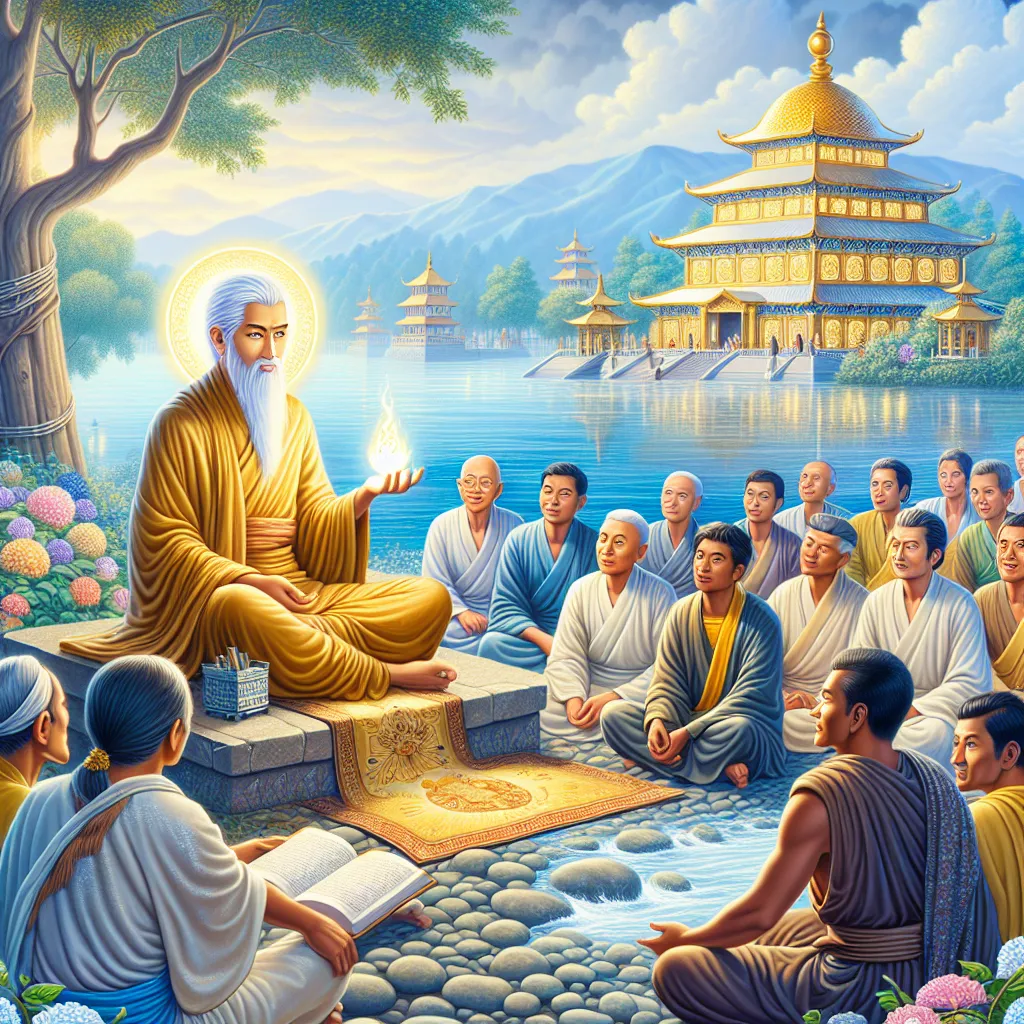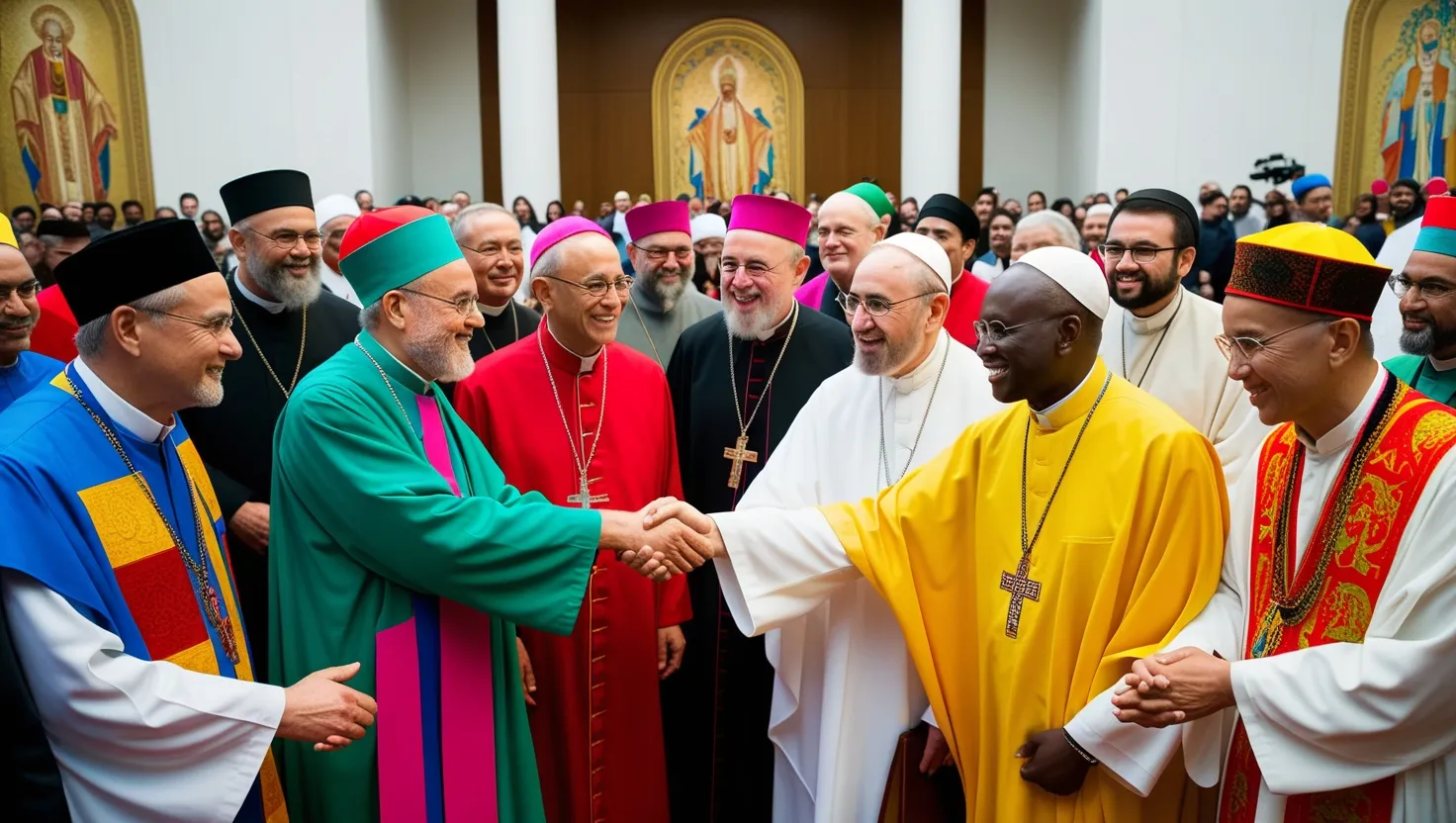While major world religions like Christianity, Islam, Hinduism, and Buddhism trace back thousands of years, Sikhism stands out as a relatively young faith. Born in the 16th century in Punjab, India, Sikhs have notably impacted global culture despite being misunderstood at times due to their appearance, which has sadly led to mistaken identity and discrimination. This misunderstanding often stems from a lack of awareness and education about Sikhism, emphasizing the need to shed light on this vibrant tradition.
Sikhism, or Sikhi as practitioners call it, is fundamentally a monotheistic religion, meaning it centers around the belief in a single divine entity. This understanding of religion, however, is a Western construct that doesn’t fully capture the complexity and fluidity present in Indian spiritual traditions. The word “Sikhi” comes from the Punjabi “sikna,” meaning “to learn,” emphasizing a path of learning, self-purification, and devotion.
The roots of Sikhism trace back to Guru Nanak, who was born in 1469 in a village near Lahore. Despite his initial education in Hindu and Muslim traditions, Nanak’s spiritual journey led him to transcend these boundaries. After a transformative experience at age 33, he emerged as an enlightened man, promoting a unifying message: “There is no Hindu, there is no Muslim.”
During his travels, Guru Nanak preached his divine experiences and established the foundations of Sikhism. He emphasized that God is a singular, formless presence existing everywhere and in everything. The goal for Sikhs is to realize this oneness by transcending the ego, the main obstacle to experiencing the divine unity. Nanak encouraged a balance between spiritual practice and active, responsible engagement in the world, rejecting any form of extreme asceticism.
Following Nanak, a line of nine successive Gurus expanded and institutionalized Sikh teachings. One of the pivotal figures was the fifth Guru, Guru Arjan, who compiled the Adi Granth, a collection of hymns that later became the Guru Granth Sahib, the eternal Guru of Sikhism. He also established the Golden Temple in Amritsar, a central pilgrimage site for Sikhs.
The martyrdom of Guru Arjan marked a turning point, urging the Sikh community to adopt a more defensive stance. This change was further solidified by Guru Gobind Singh, the tenth Guru, who founded the Khalsa in 1699. This sovereign community of initiated Sikhs pledged to uphold religious and moral duties. The Khalsa is identifiable by the Five Ks: Kesh (uncut hair), Kangha (a comb), Kara (a steel bracelet), Kirpan (a ceremonial sword), and Kachera (shorts).
Guru Gobind Singh also decreed an end to the line of human Gurus, transferring religious authority to the Adi Granth, henceforth known as the Guru Granth Sahib. This scripture, treated with the reverence afforded to a living Guru, is central to Sikh worship and practice.
Sikh practices focus on communal harmony and charity, such as the Langar or communal kitchen, where people of all backgrounds are welcome to share a meal. Gurudwaras, the Sikh places of worship, serve as community hubs for spiritual and social gatherings.
The Sikh diaspora has grown significantly, particularly in countries like the United Kingdom, Canada, and the United States, spreading Sikh traditions globally. Today, with around 25 million adherents, Sikhism is the world’s fifth largest religion, known for its deep emphasis on equality, justice, and devotion to a singular, formless divine presence.
Sikhism offers a rich tapestry of history, beliefs, and practices, inviting us to explore its depths and understand its contributions to the world’s spiritual and cultural heritage.






